The work of Angolan photographer Délio Jasse is colourful and textured, experimenting with analogue photographic printing processes such as cyanotype and platinum. His work has caught the eye of London gallery Tiwani Contemporary, who now represent the 35-year-old.
Jasse has previously exhibited at the gallery, which focuses on Africa and the diaspora, as part of the group exhibition The View From Here, and recent exhibitions include a solo show at SMAC Gallery, Cape Town (2014) and group shows at Savvy Contemporary, Berlin (2013) and Calouste Gulbenkian Foundation, Lisbon (2013). Jasse was also one of three finalists in the BES Photo Prize (2014), and is part of the official selections for the Angolan pavilions at the 56th Venice Biennale (2015) and World Expo, Milan (2015).
His work draws links between generations and cultures, combining found imagery with his own photography to explore memory. As he tells us, “Photography and memory are deeply connected. Photography can bring you back to a moment in the past, we need a visual hint to remember certain things or faces. At the same time, a picture doesn’t depict just a moment in itself, but it tied to the specific circumstances of that moment. Or memory is fragmented, it is not always linear.”
Pontus (2011) is a series of manually tinted photographic emulsions; according to Tiwani’s website, they“consider contemporary Luanda as a site of cultural convergence that has served, and ultimately redefined, the urban and human landscape of Angola.”
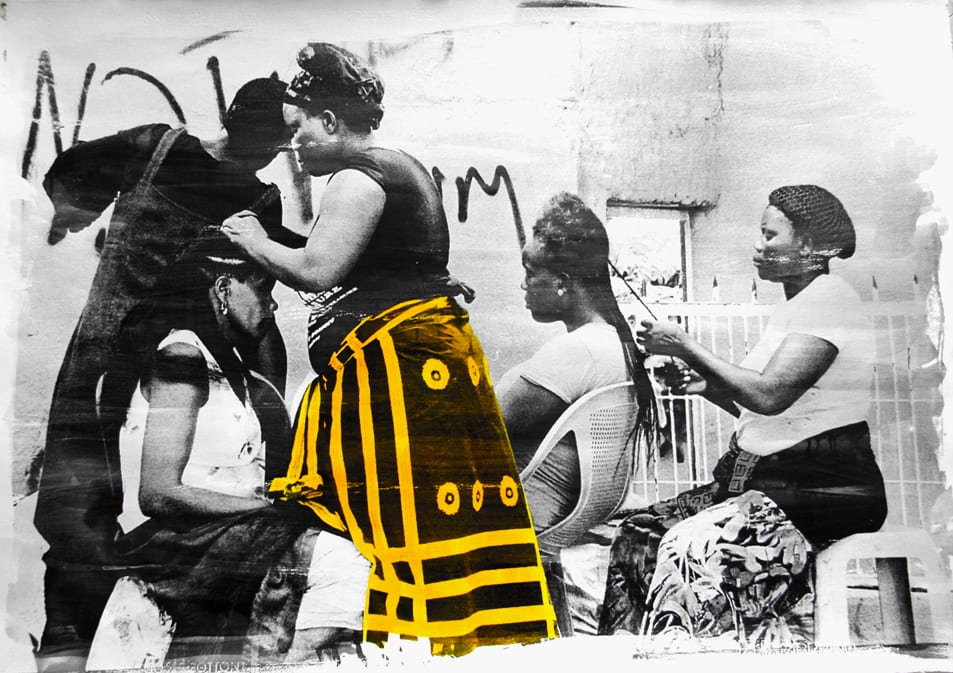
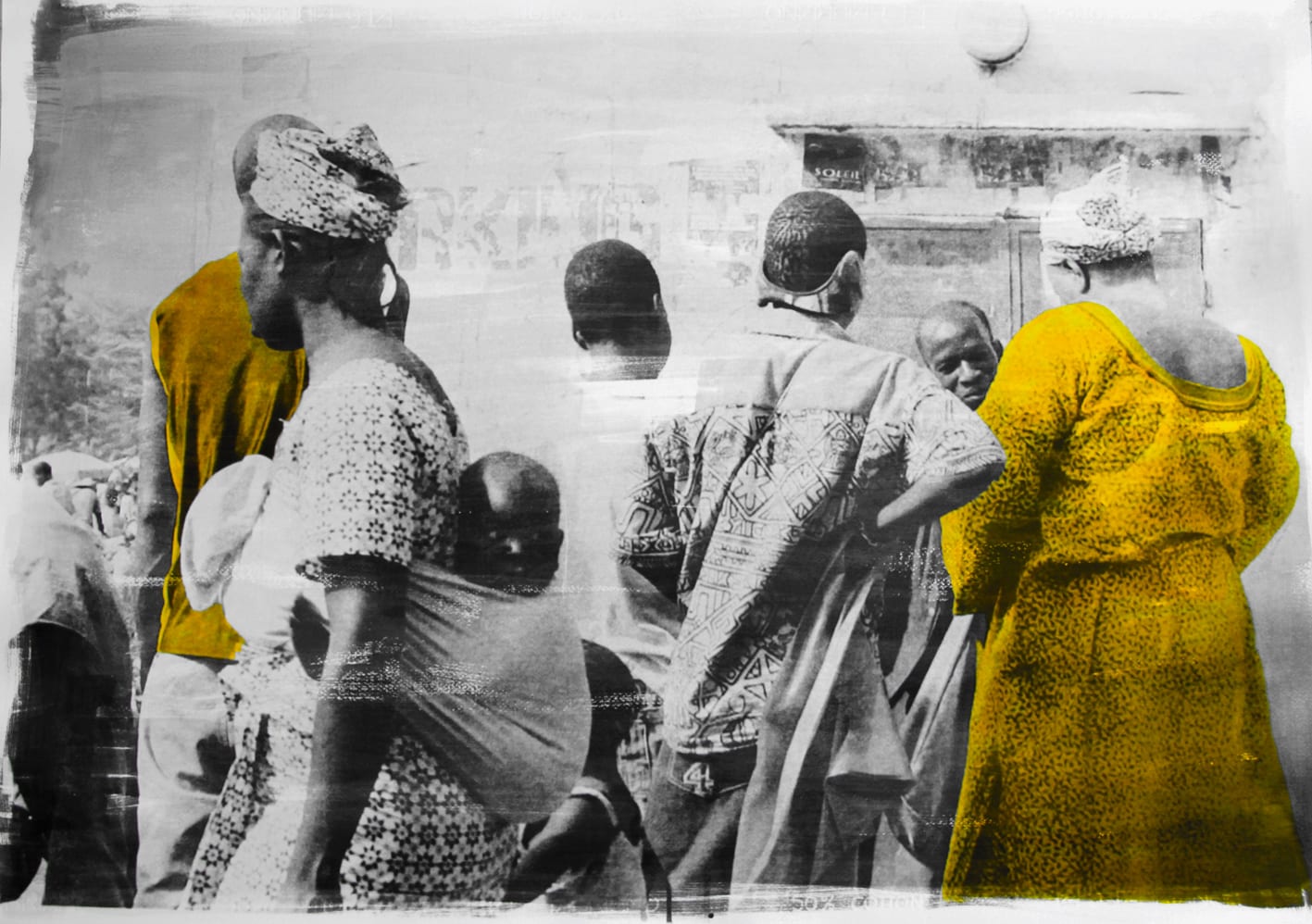
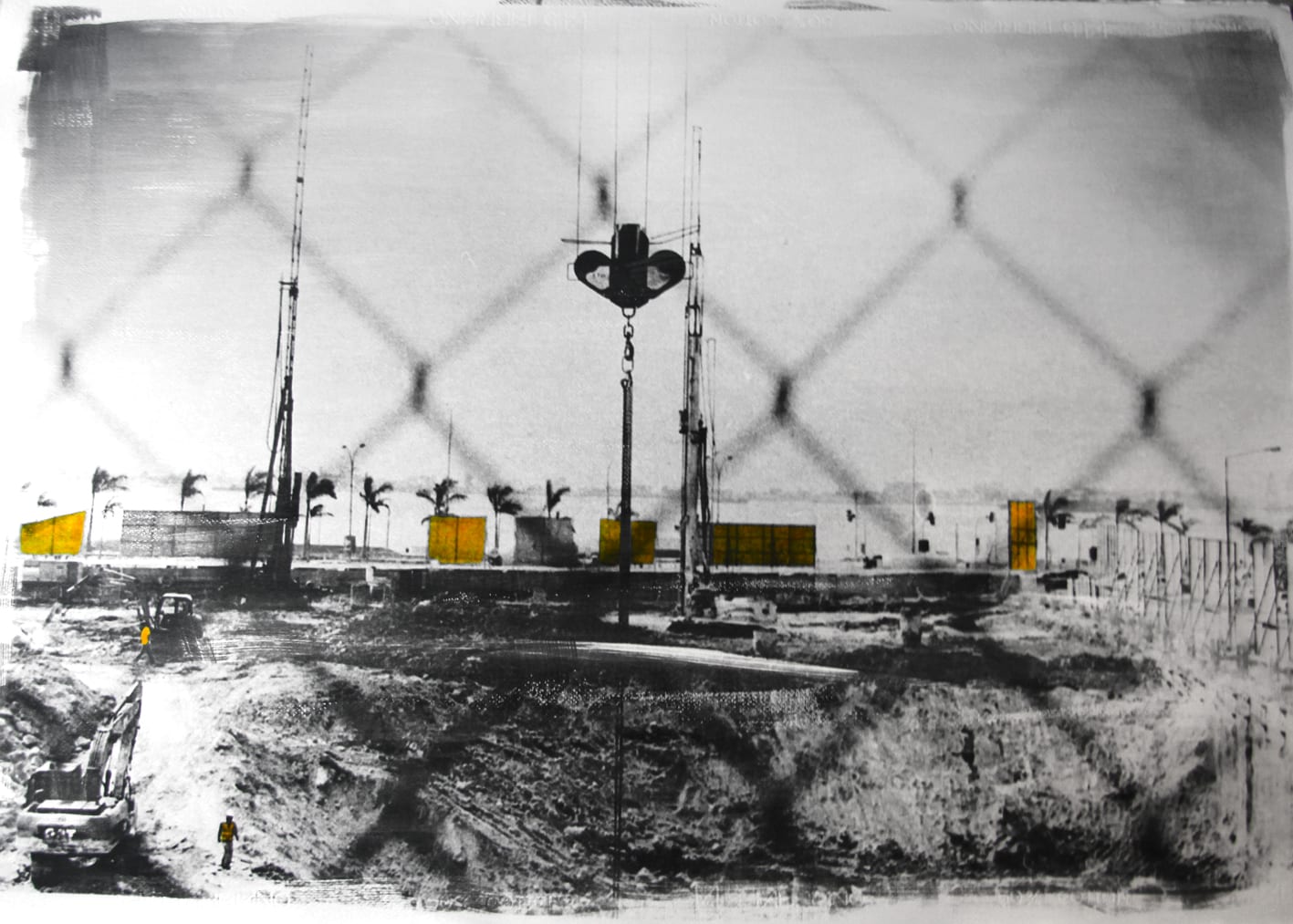
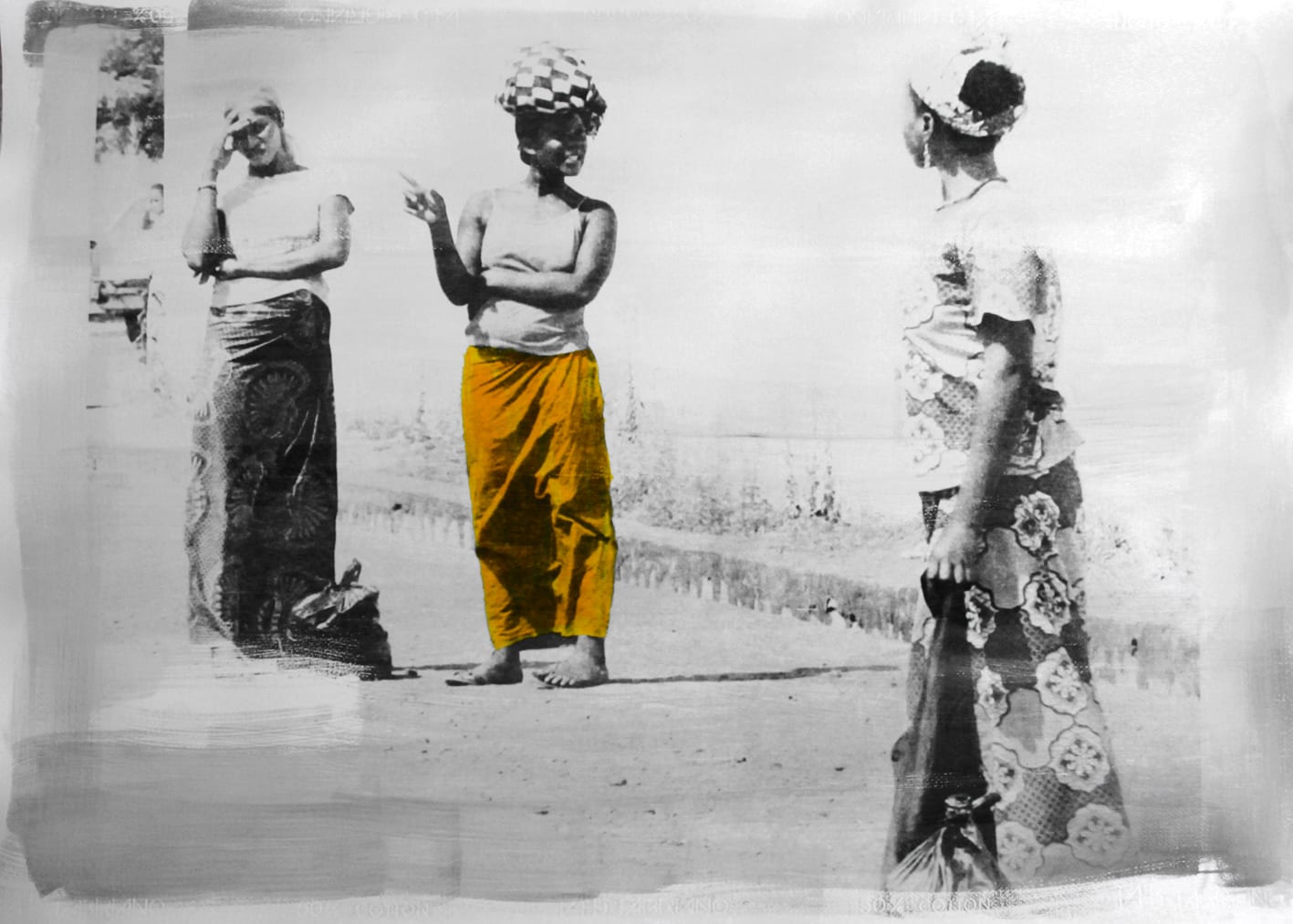
His processes are experimental and Jasse often turns to older, almost forgotten techniques, to further dissect the image and discover the layers of memory that lie within: “these processes let me deconstruct and build the image, exploring the complex relationship between memory and photography and also the complicated relationships among the object or the people in the image and their context.”
Jasse moved to Lisbon at 18 and now splits his time between the Portuguese capital and Milan. Angola gained independence from Portugal in 1975, and the scars of the colonial relationship are still visible. As an Angolan residing in Portugal, this is key to Jasse’s work, he explains.
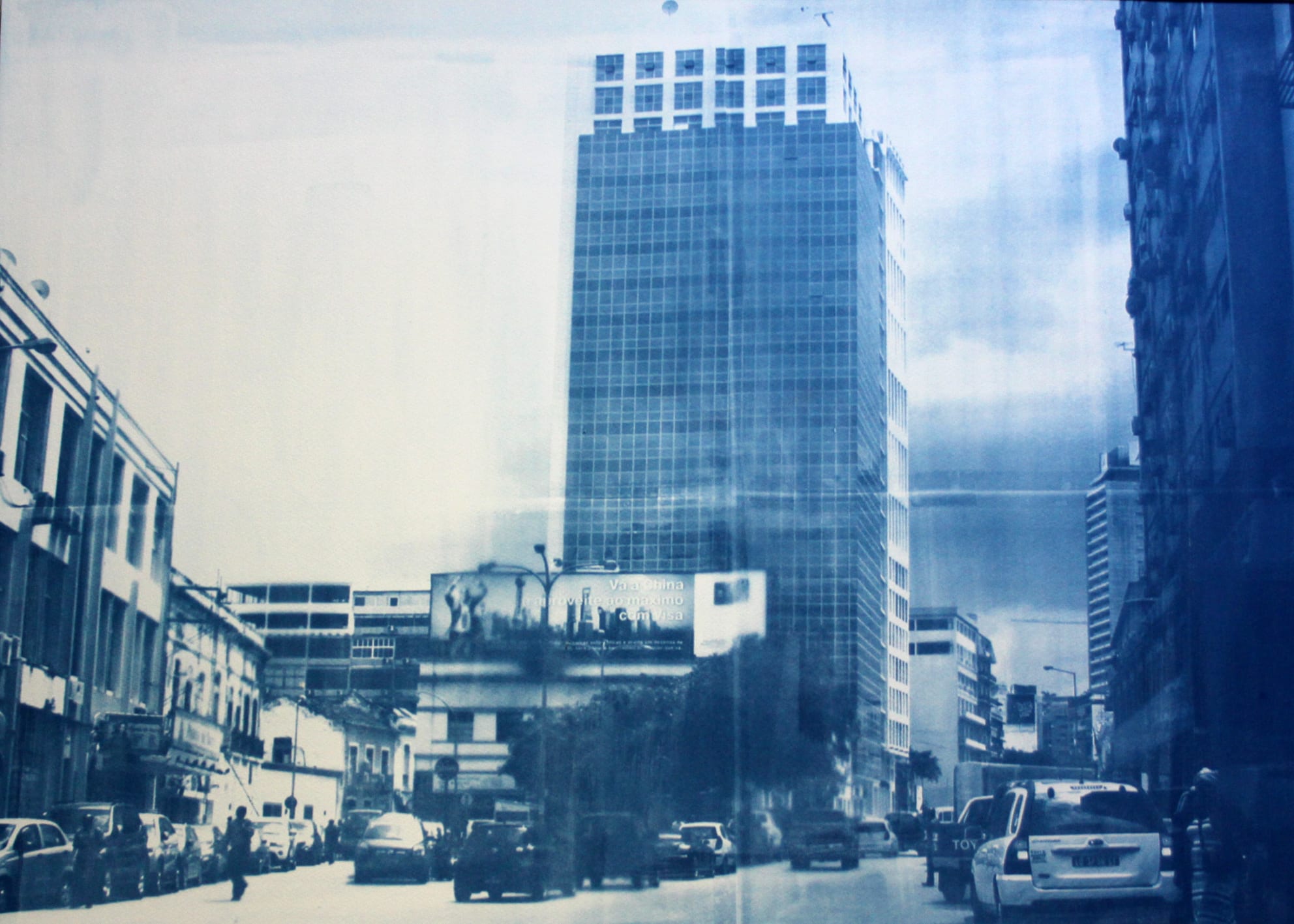
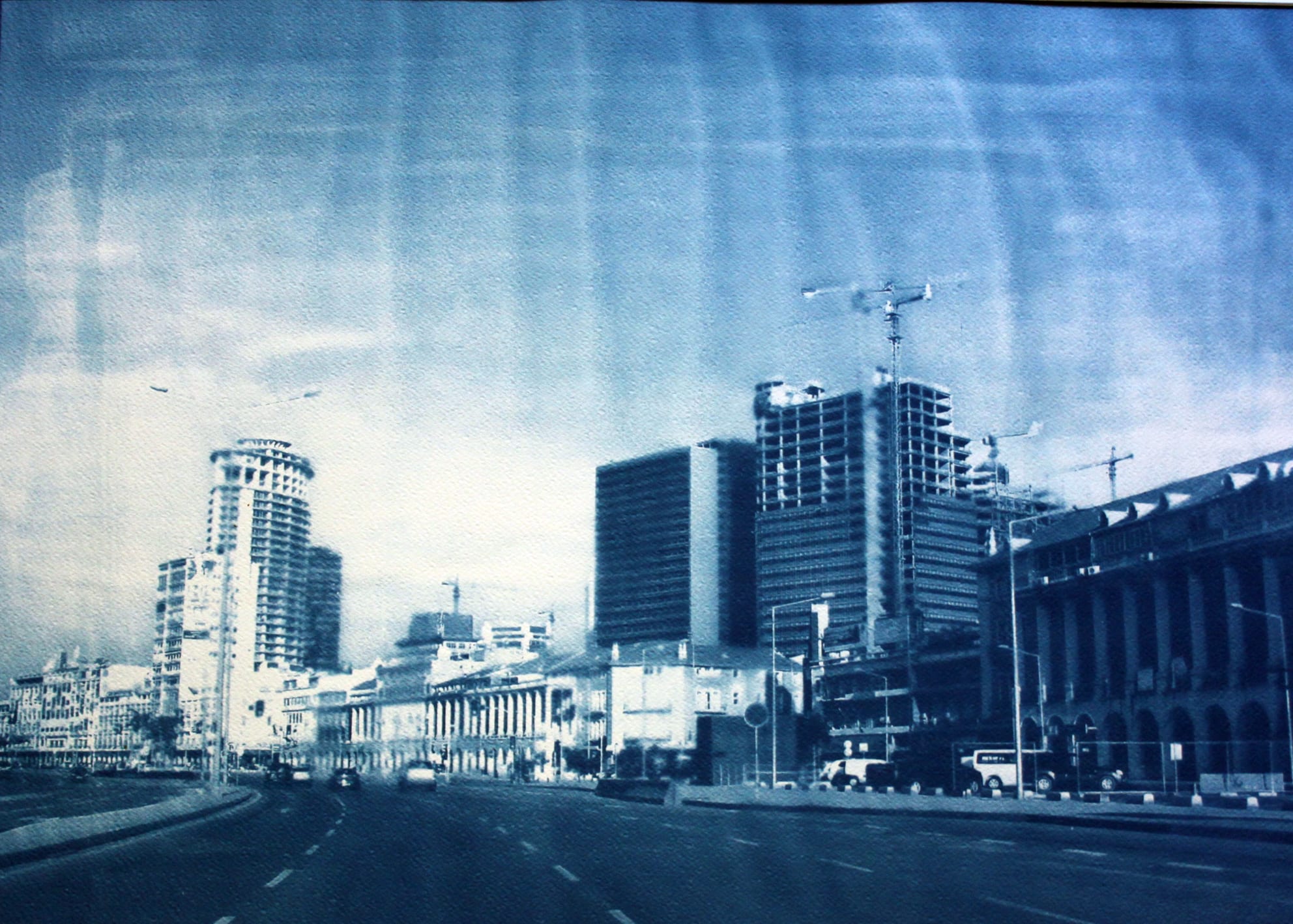
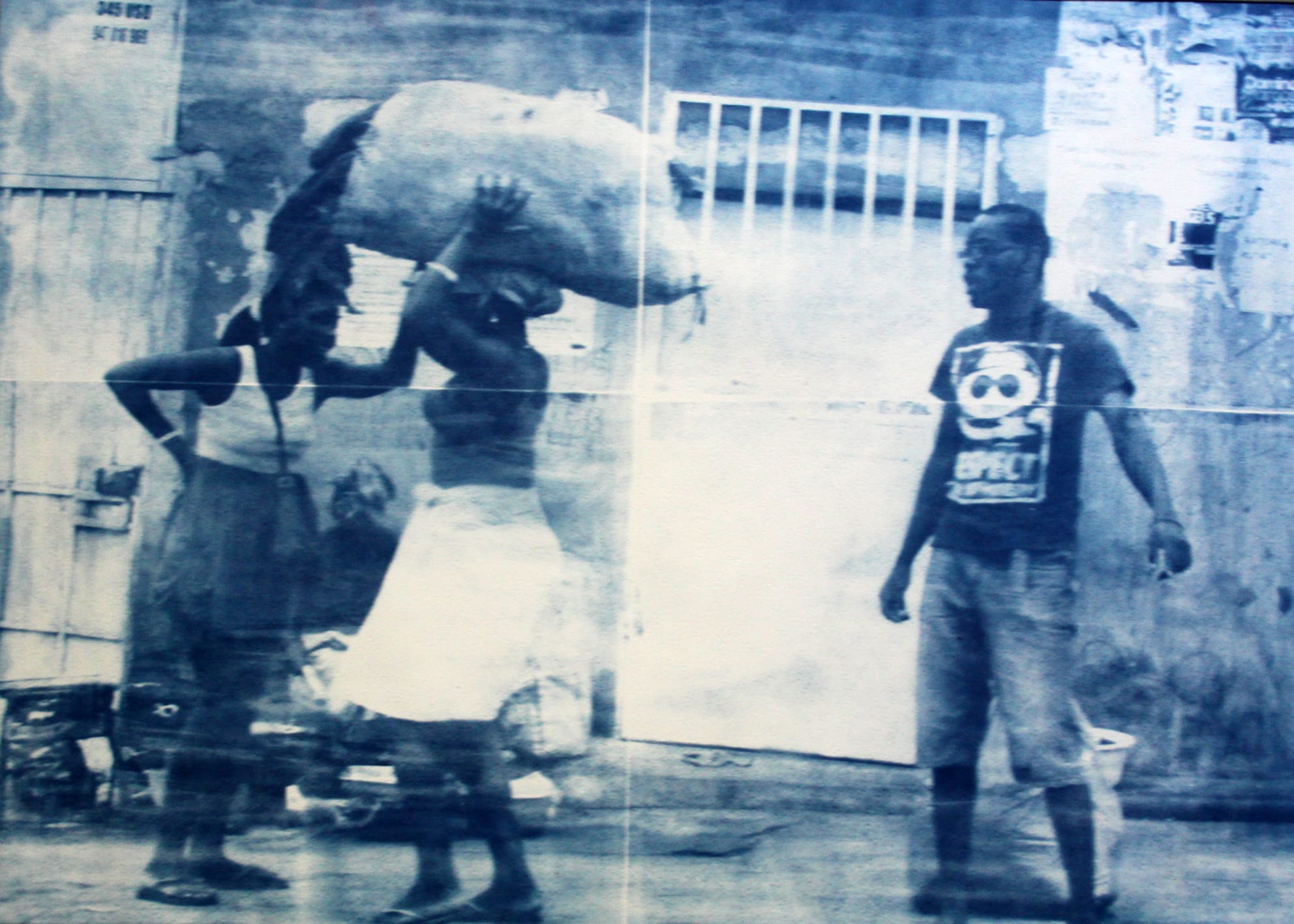
“I have been always been interested in this complicated relationship. I think it comes from my own experience; I was born and raised in Angola but I have Portuguese ancestors (like most Angolan people) and then I moved to Portugal. As it might be complicated to manage this relationship on a personal level, it is also complicated on a more general level, where the relationship between the two countries, even if a friendly one, has not always been simple.
What I find interesting is the perpetual movement between these two countries: before were the Angolan who went to Portugal to live, then were the Portuguese who moved to Angola after the financial crisis. You can see how history repeats itself and how people experience loss and displacement.”
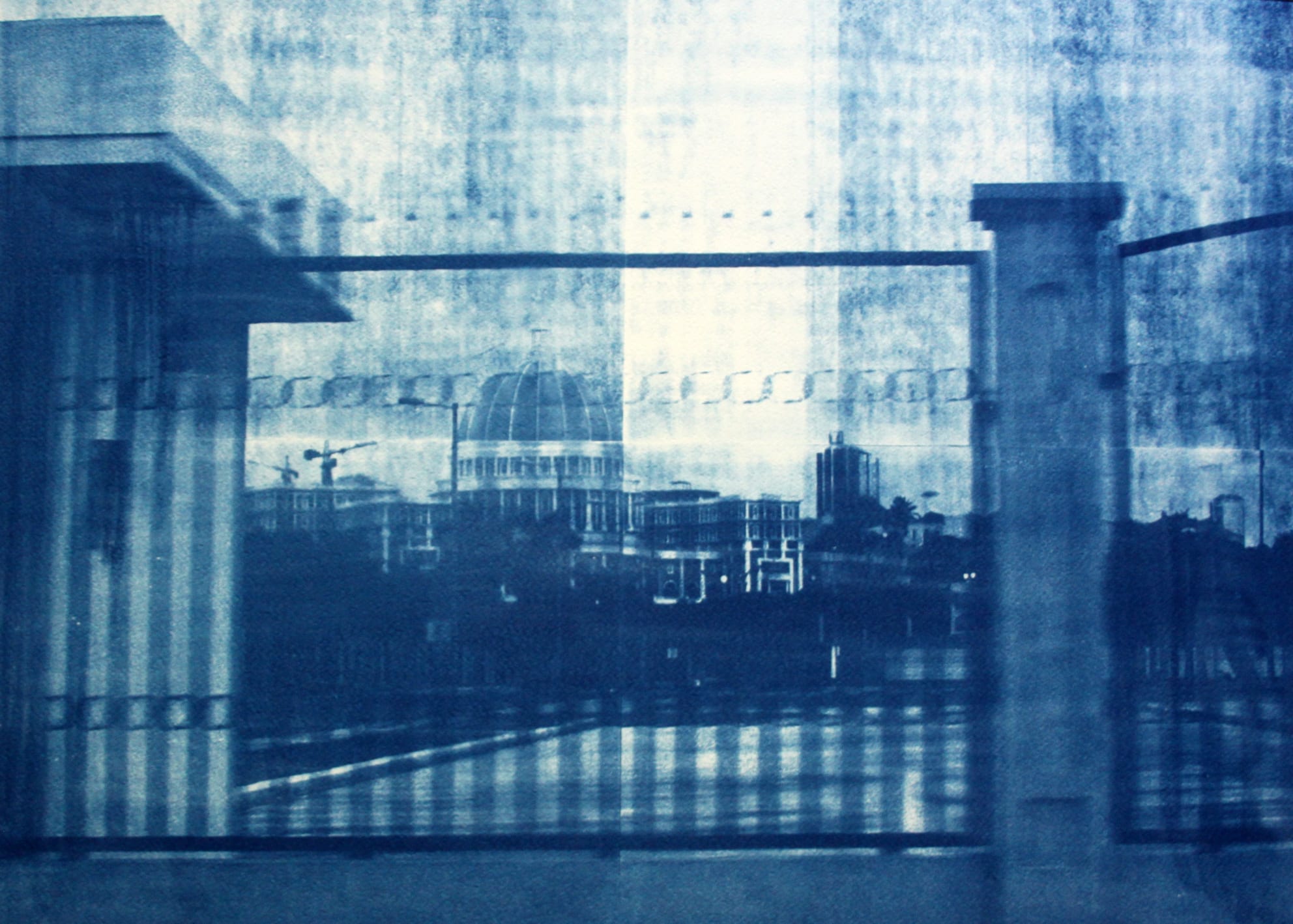
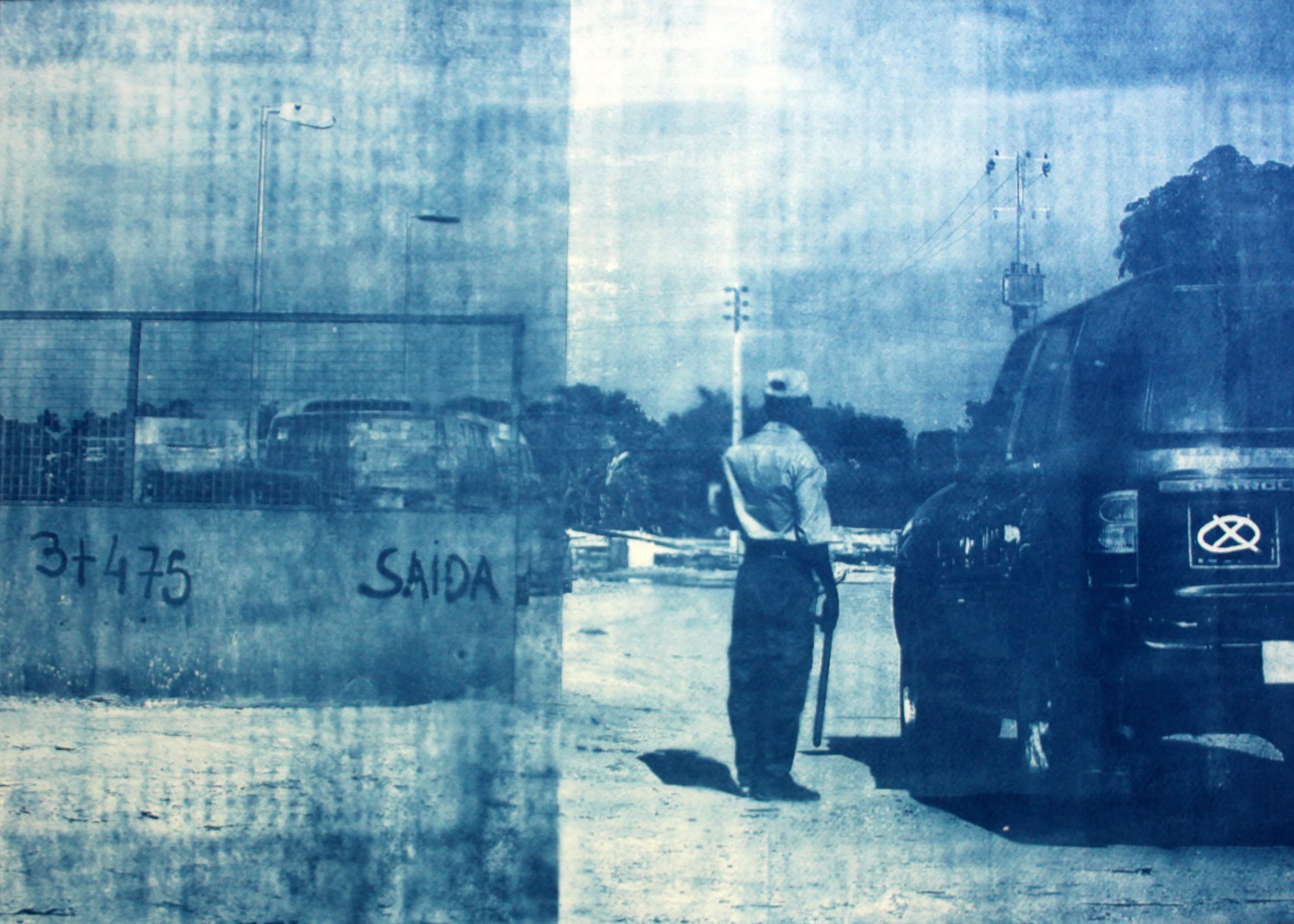
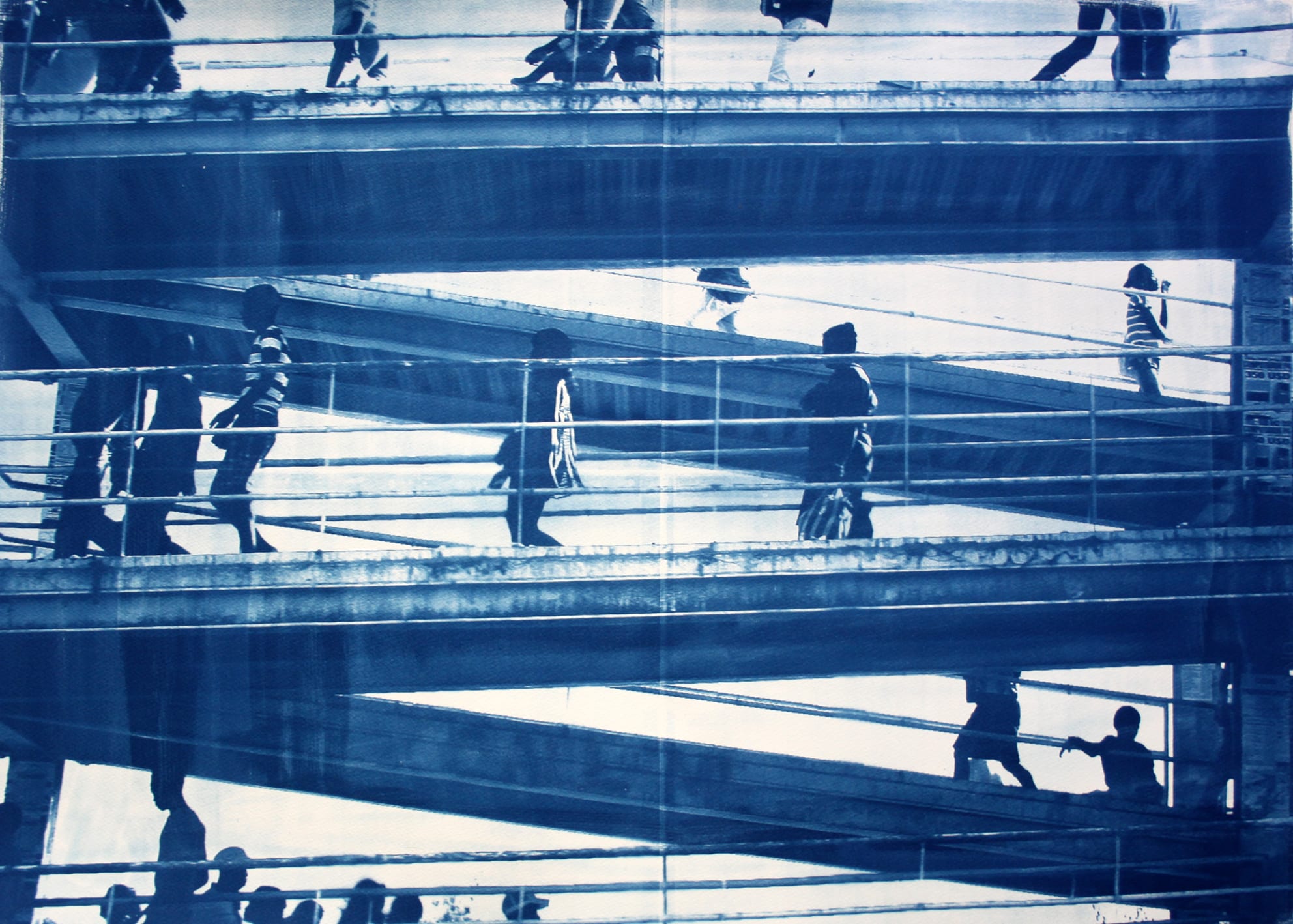
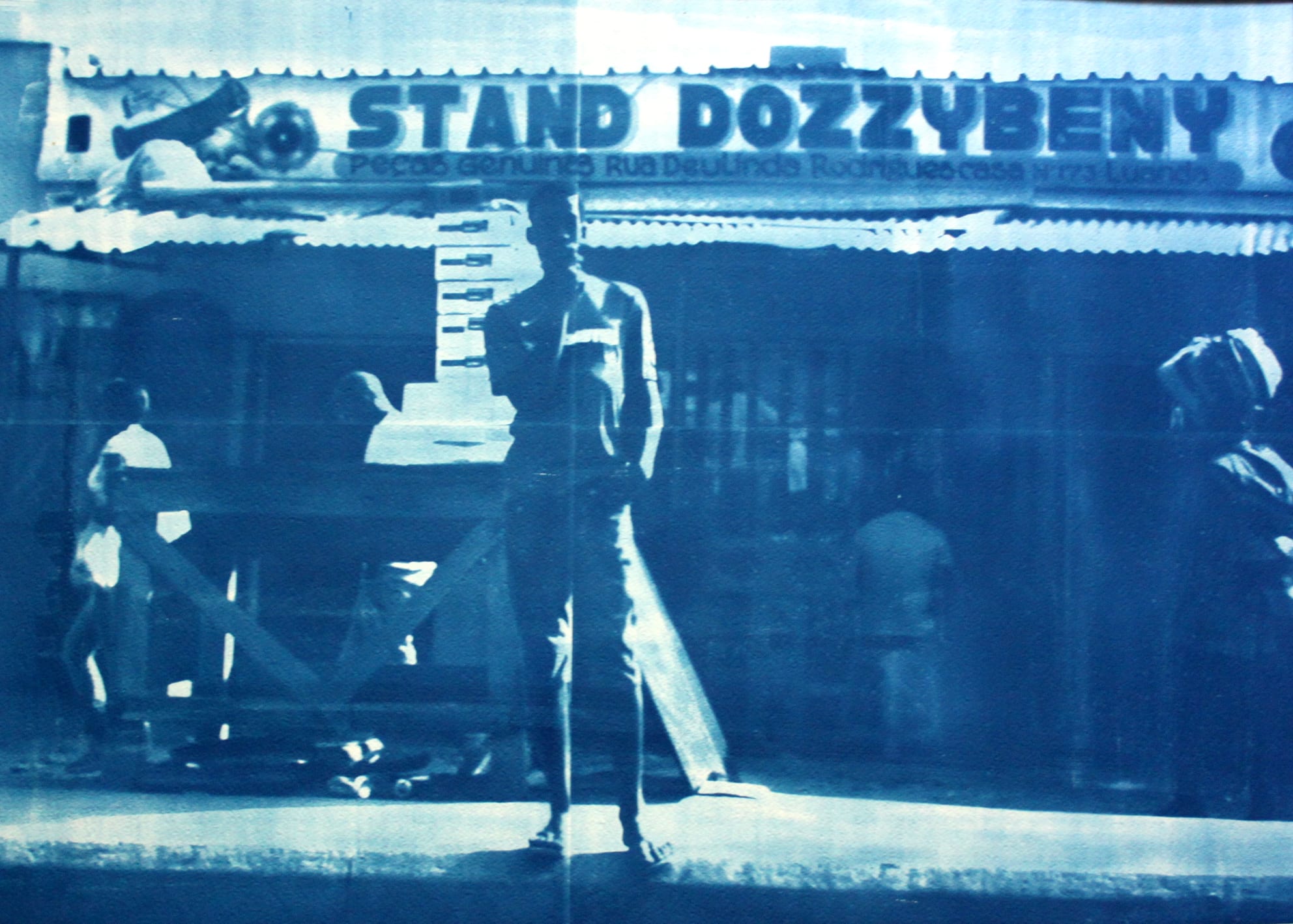
Find more of Délio’s work on his website.


